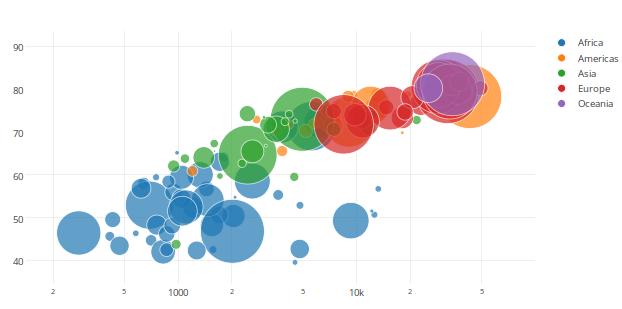Recently President Trump released an executive order to ban immigrants from seven countries. This visualization is simple yet powerful in conveying how it will impact the immigrants who already are living in USA and what is their education, salaries, etc.
Demographics for immigrants from banned countries
The immigrants from these seven countries constitute to about 2% of the total population of USA. The dashboard shows the percentage of the immigrants and their level of education and comparing them to the US national average. It can be seen that immigrants from Iran, Libya and Syria with advanced degrees is higher than the US national average in this domain.
Further analysis shows that residents from Iran and Syria are more likely than the population to be engineers, managers and teachers. These immigrants are also scattered in almost every state. With the US Median salary for such blue collar jobs is $54,645 pa; the salary of Iranians in the same job bracket is over $65,000.
The dashboard also shows that the figures for Iran residents is higher than the other six banned countries, because the number immigrants from Iran prospered from 1980’s to 2010, which means that the higher the number of immigrants; higher with be the absolute number of managers, engineers and people holding blue collar jobs. As discussed in lectures, in this case, enumerating the figures in ‘percentage’ or ‘average’ is a better representation of these statistics.
Further, the representation of now-citizens has been appropriately depicted in percentages, most immigrants have now become residents of the United States. Further, about 10,000 of these immigrants have also served in the US Army. Also. the residents are also scattered geographically, with no specific area of concentration.
As per news reports from NY Times, more than 856,000 people have been affected by this ban but only 3 of countries were known to be in violent attacks since 2001. Most accused have been from countries not listed in the ban and many were born in the United States.
We will have to wait and watch on how the ruling will actually affect the immigrants, visa holders and permanent residents.





